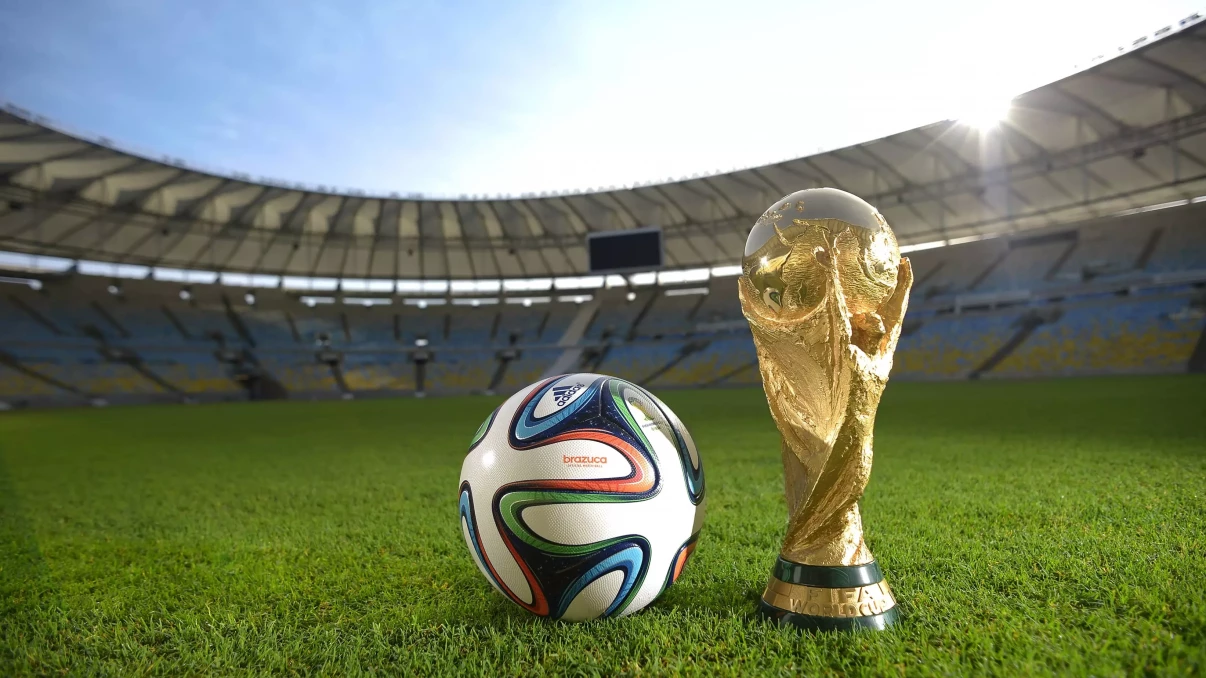FIFA predicting bumper revenues of nearly R130-billion in World Cup cycle culminating in Qatar
 By
Administrator
By
Administrator
20th November 2022

FIFA expects to generate $7.5-billion from the four-year cycle up to the 2022 World Cup finals in Qatar.
The figure, equivalent to around £6.3bn, has been earned primarily from commercial deals – such as the one with Budweiser, who were blocked from selling beer at World Cup stadiums this week – and broadcasting.
The eye-watering sums again underline the commercial value of the World Cup to businesses and broadcasters, and the importance of the competition to FIFA itself.
The figures, which are up by $1-billion US dollars compared to the previous cycle, were relayed to national associations at a summit in Doha on the opening day of the World Cup.
They will help to solidify political support for FIFA president Gianni Infantino, who is set to be re-elected unopposed next year.
FIFA sources say $5.4-billion goes to cover football activities – including the forward programme which supports national associations and continental confederations and other talent development programmes.
It also covers the other competitions FIFA operates which run at a loss – the Club World Cup, youth tournaments and the 2019 Women’s World Cup.
That has yielded a net profit of around $1-billion, with around about a quarter set aside to support federations through the coronavirus pandemic.
The profit is higher than the previous four-year cycle, owing to reduced staging costs for FIFA and higher sponsorship revenue, including from Qatari businesses.








